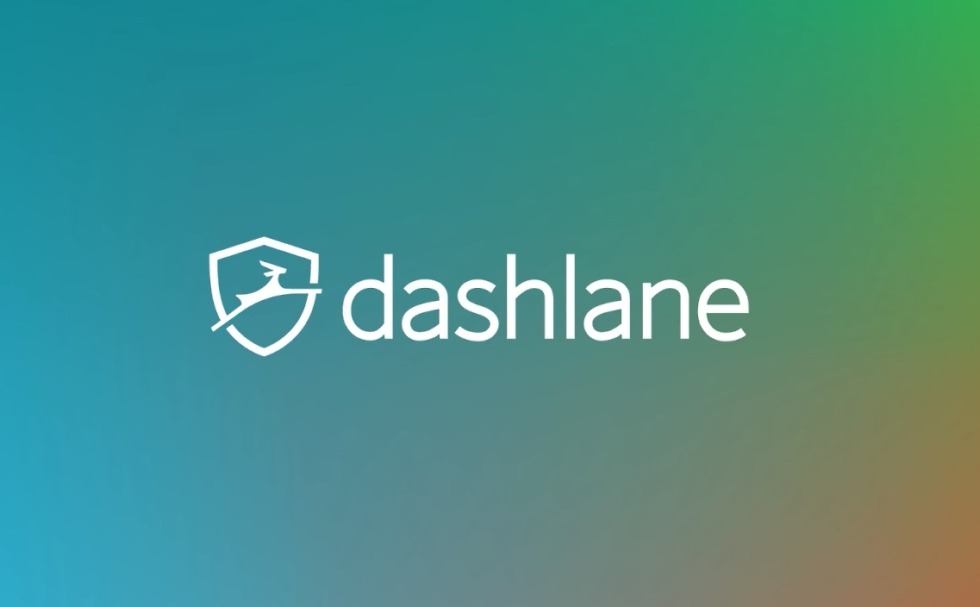


This enables you to dig a little deeper and find malicious or risky code snippets intended to steal your data or track your activity.Dashlane (a popular password management tool) has been threatening to do this for a while now and the time has finally come. You can view Chrome extensions’ code using the Chrome extension source viewer. Check the source code: If you understand programming, you can make sure your browser extensions are safe by glancing through the extension codebase.For example, in a work environment, you should evaluate the permission risk levels according to your organization’s security policies. Before you grant permission, evaluate the risks and determine whether or not you should grant the respective permissions required by the extension. These risk levels are subjective to each user. On the other hand, a medium alert risk requests access to all your data on visited websites, while a high alert risk can access all your data, both online and offline. The permission required for extensions is of low alert risk if it only requires access to organize other extensions, themes, and apps. Permissions can have a low, medium, or high alert risk level. Understand the risk of granted permissions: Whenever you install an extension, you have to grant certain permissions to access your data in order for it to work.If you encounter an extension that hasn't been updated in over a year, it's advisable to search for a more reliable alternative. However, outdated extensions aren’t equipped with the latest security patches, making them vulnerable to cyber threats. Make sure the extension is up to date: If the developer is actively maintaining and improving the extension, it's a good sign of its ongoing security and functionality.Remember, not all reviews are trustworthy, so watch out for fake or unhelpful ones.

If the extension has multiple negative reviews in the Chrome Web Store, try finding a similar version with better ratings. See what others have to say about their experiences with the extension.


 0 kommentar(er)
0 kommentar(er)
